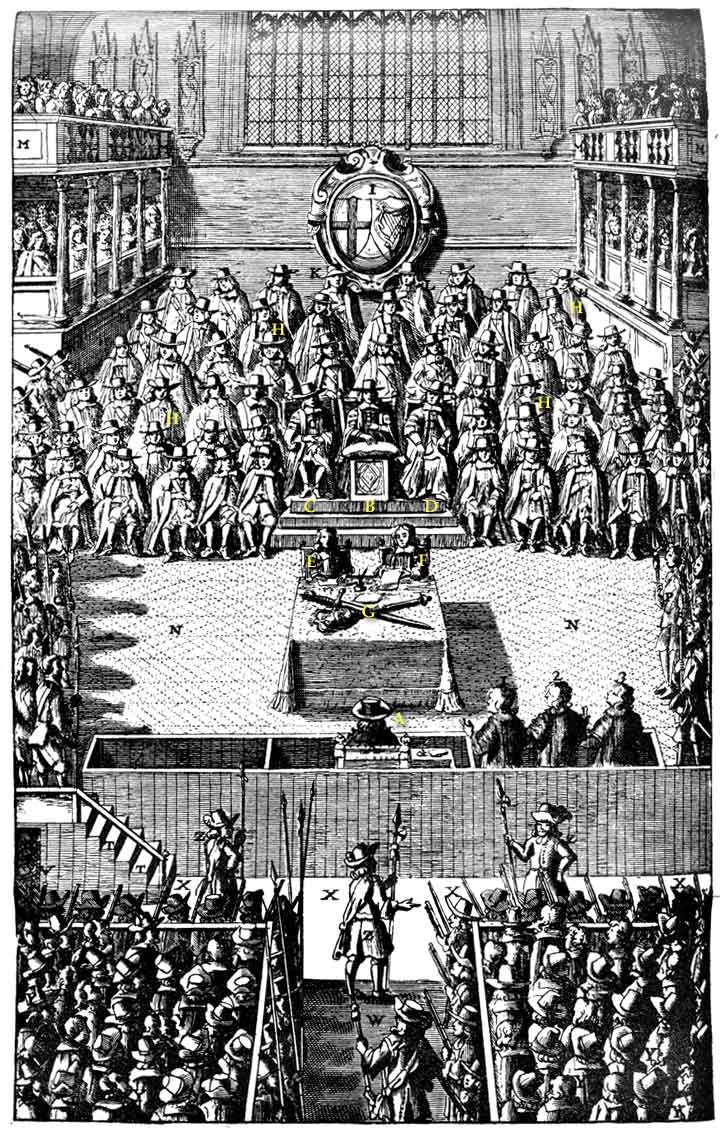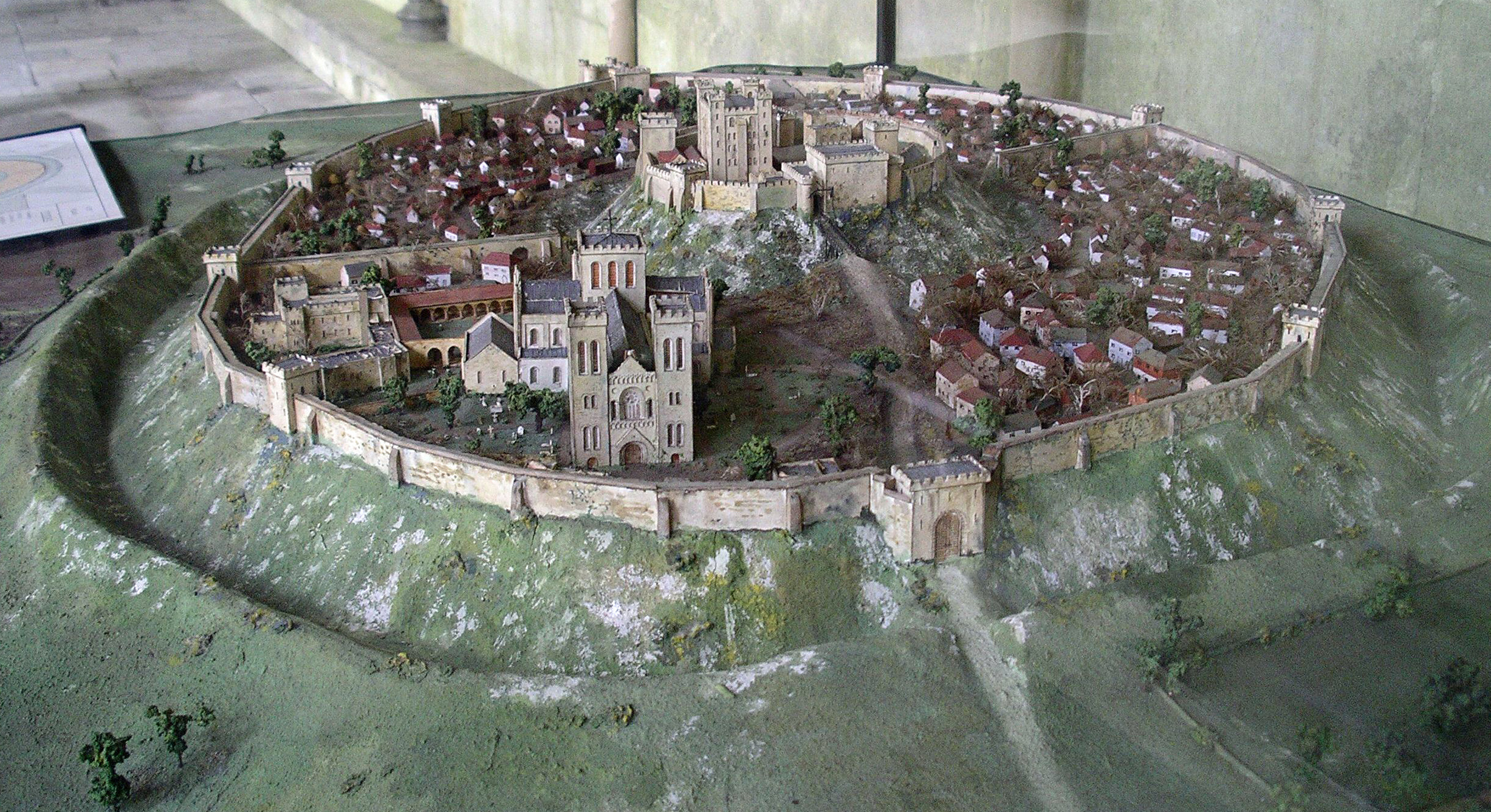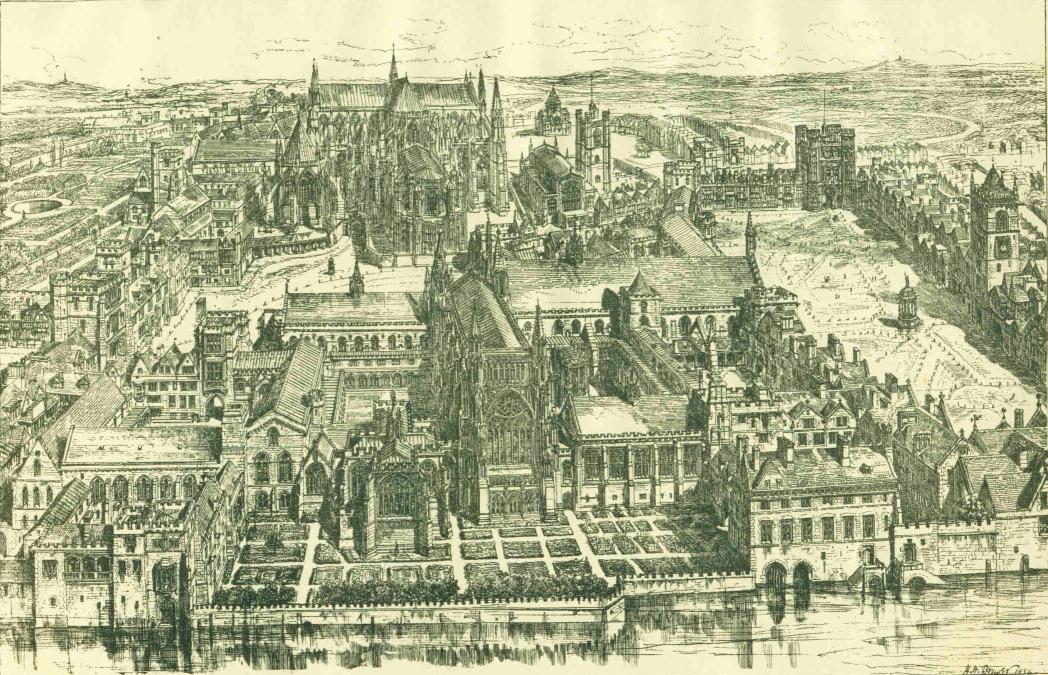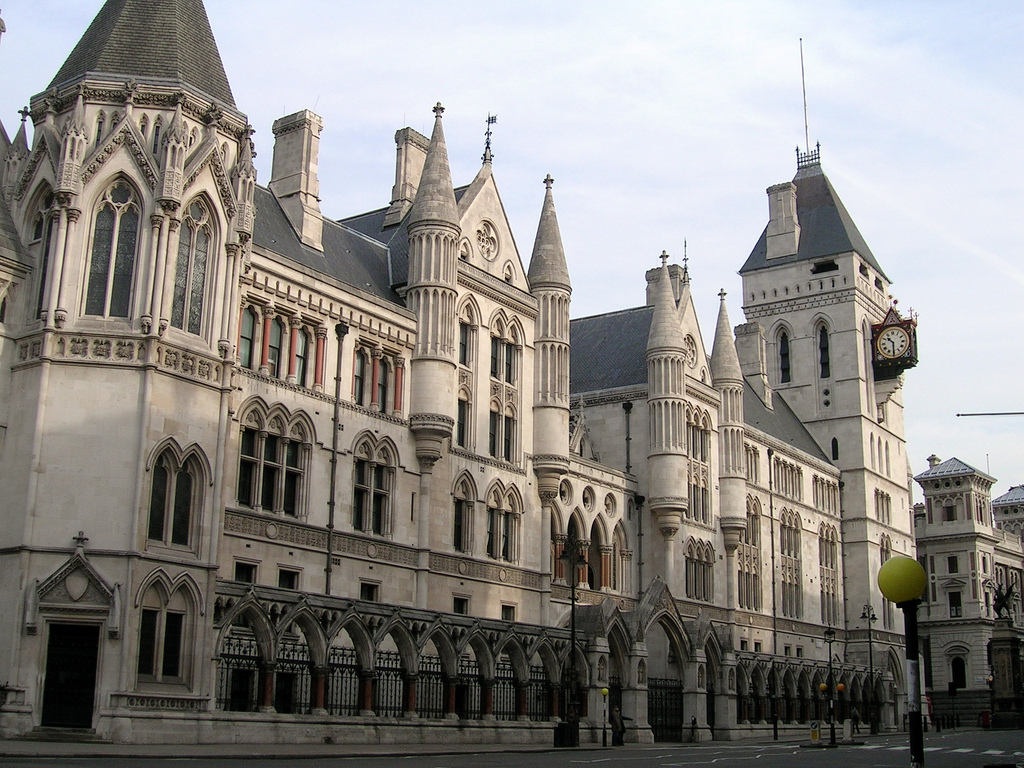|
John Phelps (regicide)
John Phelps was a Clerk and Registrar of the Committee for Plundered Ministers and of the High Court which tried Charles I of England for high treason in 1649. Early life Not much is known about John Phelps' early life. He was born in about 1619 in Salisbury, Wiltshire, England. He matriculated at Corpus Christi College, Oxford, on 20 May 1636, describing himself as age 17, and the son of Robert Phelps of Salisbury. On 1 January 1648-9 he was appointed clerk-assistant to Henry Elsing, clerk of the House of Commons. Says Harper's Pictorial History of England, edition of 1849, pp 111–377, "The name was anciently spelled 'Phyllypes,' but has always been pronounced 'Phelps.' After the time of Edward IV, the superfluous letters were dropped. Phelps' opposition to the High Church and Charles I This family opposed the High Church, the Prerogative Party of Stafford, and Bishop Laud. They felt the British church and government under Charles I was becoming insufferably hieratic, tyr ... [...More Info...] [...Related Items...] OR: [Wikipedia] [Google] [Baidu] |
Salisbury
Salisbury ( ) is a cathedral city in Wiltshire, England with a population of 41,820, at the confluence of the rivers Avon, Nadder and Bourne. The city is approximately from Southampton and from Bath. Salisbury is in the southeast of Wiltshire, near the edge of Salisbury Plain. Salisbury Cathedral was formerly north of the city at Old Sarum. The cathedral was relocated and a settlement grew up around it, which received a city charter in 1227 as . This continued to be its official name until 2009, when Salisbury City Council was established. Salisbury railway station is an interchange between the West of England Main Line and the Wessex Main Line. Stonehenge is a UNESCO World Heritage Site and is northwest of Salisbury. Name The name ''Salisbury'', which is first recorded around the year 900 as ''Searoburg'' (dative ''Searobyrig''), is a partial translation of the Roman Celtic name ''Sorbiodūnum''. The Brittonic suffix ''-dūnon'', meaning "fortress" (in referen ... [...More Info...] [...Related Items...] OR: [Wikipedia] [Google] [Baidu] |
English Revolution
The English Revolution is a term that describes two separate events in English history. Prior to the 20th century, it was generally applied to the 1688 Glorious Revolution, when James II was deposed and a constitutional monarchy established under William III and Mary II. However, Marxist historians began using it for the period covering the 1639 to 1651 Wars of the Three Kingdoms and the Interregnum that followed the Execution of Charles I in 1649, before the 1660 Stuart Restoration returned Charles II to the throne. Writing in 1892, Friedrich Engels described this period as "the Great Rebellion" and the Glorious Revolution of 1688 as "comparatively puny", although he claimed both were part of the same revolutionary movement. Although Charles II was retroactively declared to have been the legal and rightful monarch since the death of his father in 1649, which resulted in a return to the status quo in many areas, a number of gains made under the Commonwealth remained in law. ... [...More Info...] [...Related Items...] OR: [Wikipedia] [Google] [Baidu] |
Earl Of Crawford
Earl of Crawford is one of the most ancient extant titles in Great Britain, having been created in the Peerage of Scotland for Sir David Lindsay in 1398. It is the premier earldom recorded on the Union Roll. Early history Sir David Lindsay, who married Elizabeth Stewart, Countess of Crawford, a daughter of Robert II, was the 10th baron of Crawford, Lanarkshire. In 1398 he was given the title of Earl of Crawford, along with Crawford Castle, by Robert. The title descended to the first Earl's descendants without much incident, until the death of David Lindsay, 8th Earl of Crawford, in 1542. The eighth Earl had a son, Alexander, commonly called the ''Wicked Master'', who frequently quarrelled with his father and even tried to murder him. The Wicked Master was sentenced to death for his crime, and the eighth Earl conveyed his title to a cousin, also called David Lindsay, a descendant of the third Earl of Crawford, and excluded from the succession all of the Wicked Master's descend ... [...More Info...] [...Related Items...] OR: [Wikipedia] [Google] [Baidu] |
Henry Scobell
Henry Scobell (baptised 1610; died 1660) was an English Parliamentary official, and editor of official publications. He was clerk to the Long Parliament, and wrote on parliamentary procedure and precedents. Life Initially under-clerk of the parliaments, Scobell became Clerk of the House of Commons from 5 January 1649, his predecessor Henry Elsynge having resigned. Scobell also held a position as censor of publications, and then was Clerk of the Parliaments for life with effect from 14 May 1649. He was the first editor, from 9 October 1649, of ''Severall Proceedings in Parliament'', an early official newspaper, and the second of Parliament's publications. In the Rump Parliament, Scobell found himself in the middle of the clashes leading to its dissolution in 1653. He remained Clerk to Barebone's Parliament. From 1655 Scobell became Clerk to the Council of State, a large jump in status, in succession to John Thurloe and sharing the position with William Jessop. Up to then h ... [...More Info...] [...Related Items...] OR: [Wikipedia] [Google] [Baidu] |
Scotland
Scotland (, ) is a country that is part of the United Kingdom. Covering the northern third of the island of Great Britain, mainland Scotland has a border with England to the southeast and is otherwise surrounded by the Atlantic Ocean to the north and west, the North Sea to the northeast and east, and the Irish Sea to the south. It also contains more than 790 islands, principally in the archipelagos of the Hebrides and the Northern Isles. Most of the population, including the capital Edinburgh, is concentrated in the Central Belt—the plain between the Scottish Highlands and the Southern Uplands—in the Scottish Lowlands. Scotland is divided into 32 administrative subdivisions or local authorities, known as council areas. Glasgow City is the largest council area in terms of population, with Highland being the largest in terms of area. Limited self-governing power, covering matters such as education, social services and roads and transportation, is devolved from the ... [...More Info...] [...Related Items...] OR: [Wikipedia] [Google] [Baidu] |
Edward Hyde, 1st Earl Of Clarendon
Edward Hyde, 1st Earl of Clarendon (18 February 16099 December 1674), was an English statesman, lawyer, diplomat and historian who served as chief advisor to Charles I during the First English Civil War, and Lord Chancellor to Charles II from 1660 to 1667. Hyde largely avoided involvement in the political disputes of the 1630s until elected to the Long Parliament in November 1640. Like many moderates, he felt attempts by Charles to rule without Parliament had gone too far but by 1642 felt its leaders were, in turn, seeking too much power. A devout believer in an Episcopalian Church of England, his opposition to Puritan attempts to reform it drove much of his policy over the next two decades. He joined Charles in York shortly before the First English Civil War began in August 1642, and initially served as his senior political advisor. However, as the war turned against the Royalists, his rejection of attempts to build alliances with Scots Covenanters or Irish Catholics led ... [...More Info...] [...Related Items...] OR: [Wikipedia] [Google] [Baidu] |
Painted Chamber
The Painted Chamber was part of the medieval Palace of Westminster. It was gutted by fire in 1834, and has been described as "perhaps the greatest artistic treasure lost in the fire". The room was re-roofed and re-furnished to be used temporarily by the House of Lords until 1847, and it was demolished in 1851. The chamber was built by Henry III, parallel to St Stephen's Chapel. It is said that the site was previously occupied by a room in which Edward the Confessor had died. The new chamber was intended for use by the king primarily as a private apartment, but was also used as a reception room, and it was constructed and decorated to impress visitors. The chamber was relatively long and narrow, measuring approximately , with a state bed (for example the marriage bed of Henry VII) towards one end under a painting of Edward the Confessor. One wall included a squint providing a view of the altar in a chapel next door, so the king could view religious services from the ch ... [...More Info...] [...Related Items...] OR: [Wikipedia] [Google] [Baidu] |
Westminster Hall
The Palace of Westminster serves as the meeting place for both the House of Commons and the House of Lords, the two houses of the Parliament of the United Kingdom. Informally known as the Houses of Parliament, the Palace lies on the north bank of the River Thames in the City of Westminster, in central London, England. Its name, which derives from the neighbouring Westminster Abbey, may refer to several historic structures but most often: the ''Old Palace'', a medieval building-complex largely destroyed by fire in 1834, or its replacement, the ''New Palace'' that stands today. The palace is owned by the Crown. Committees appointed by both houses manage the building and report to the Speaker of the House of Commons and to the Lord Speaker. The first royal palace constructed on the site dated from the 11th century, and Westminster became the primary residence of the Kings of England until fire destroyed the royal apartments in 1512 (after which, the nearby Palace ... [...More Info...] [...Related Items...] OR: [Wikipedia] [Google] [Baidu] |
Oliver Cromwell
Oliver Cromwell (25 April 15993 September 1658) was an English politician and military officer who is widely regarded as one of the most important statesmen in English history. He came to prominence during the 1639 to 1651 Wars of the Three Kingdoms, first as a senior commander in the Parliamentarian army and then as a politician. A leading advocate of the execution of Charles I in January 1649, which led to the establishment of the Republican Commonwealth of England, Scotland and Ireland, he ruled as Lord Protector from December 1653 until his death in September 1658. Cromwell nevertheless remains a deeply controversial figure in both Britain and Ireland, due to his use of the military to first acquire, then retain political power, and the brutality of his 1649 Irish campaign. Educated at Sidney Sussex College, Cambridge, Cromwell was elected MP for Huntingdon in 1628, but the first 40 years of his life were undistinguished and at one point he contemplated emigrati ... [...More Info...] [...Related Items...] OR: [Wikipedia] [Google] [Baidu] |
High Court Of Justice
The High Court of Justice in London, known properly as His Majesty's High Court of Justice in England, together with the Court of Appeal and the Crown Court, are the Senior Courts of England and Wales. Its name is abbreviated as EWHC (England and Wales High Court) for legal citation purposes. The High Court deals at first instance with all high value and high importance civil law (non-criminal) cases; it also has a supervisory jurisdiction over all subordinate courts and tribunals, with a few statutory exceptions, though there are debates as to whether these exceptions are effective. The High Court consists of three divisions: the King's Bench Division, the Chancery Division and the Family Division. Their jurisdictions overlap in some cases, and cases started in one division may be transferred by court order to another where appropriate. The differences of procedure and practice between divisions are partly historical, derived from the separate courts which were merged i ... [...More Info...] [...Related Items...] OR: [Wikipedia] [Google] [Baidu] |
Rump Parliament
The Rump Parliament was the English Parliament after Colonel Thomas Pride commanded soldiers to purge the Long Parliament, on 6 December 1648, of those members hostile to the Grandees' intention to try King Charles I for high treason. "Rump" normally means the hind end or back-side of a mammal; its use meaning "remnant" was first recorded in the above context in English in 1649. Treaty of Newport In September 1648, at the end of the Second English Civil War, the Long Parliament was concerned with the increasing radicalism in the New Model Army. The Long Parliament began negotiations with King Charles I. The members wanted to restore the king to power, but wanted to limit the authority he had. Charles I conceded militia power, among other things, but he later admitted that it was only so he could escape. In November the negotiations began to fail, and the New Model Army seized power. Charles I was then taken into the Army's custody to await trial for treason. Pride's Purge ... [...More Info...] [...Related Items...] OR: [Wikipedia] [Google] [Baidu] |






.jpg)

